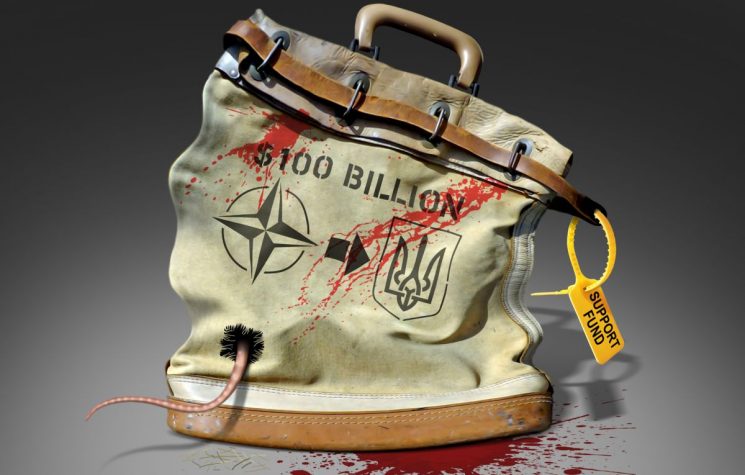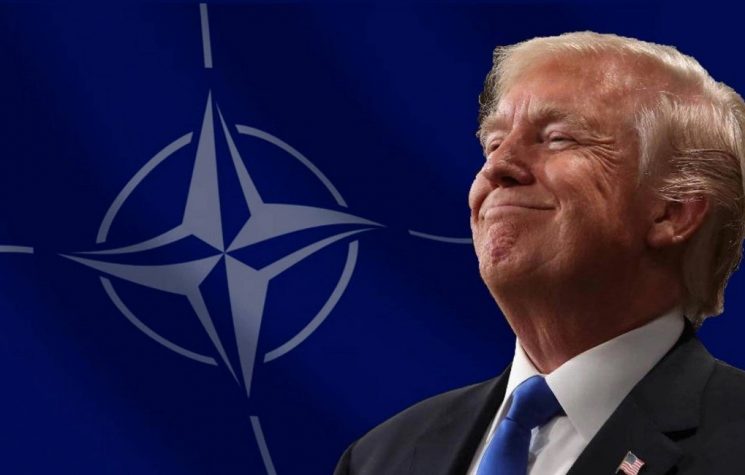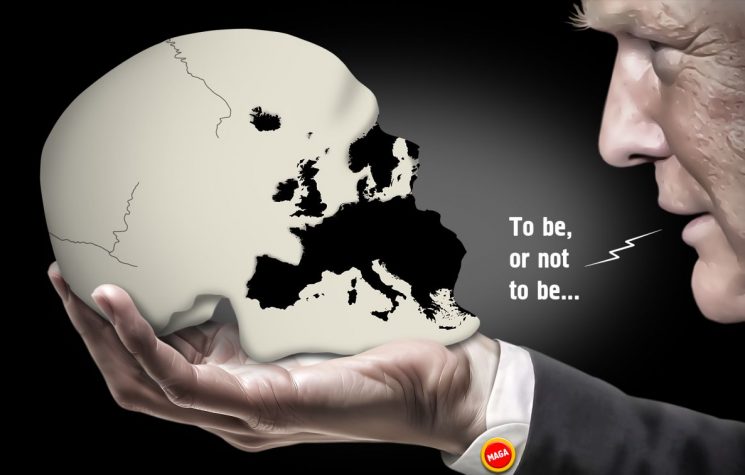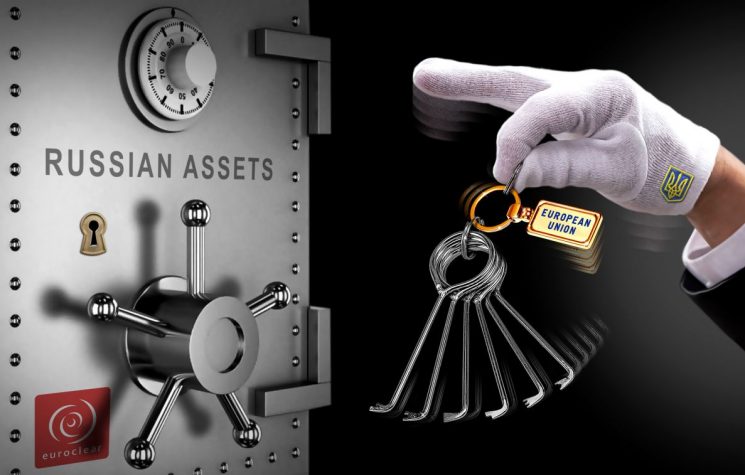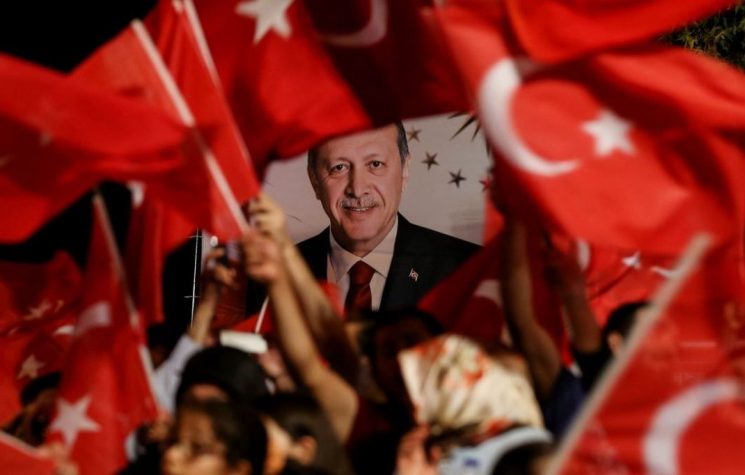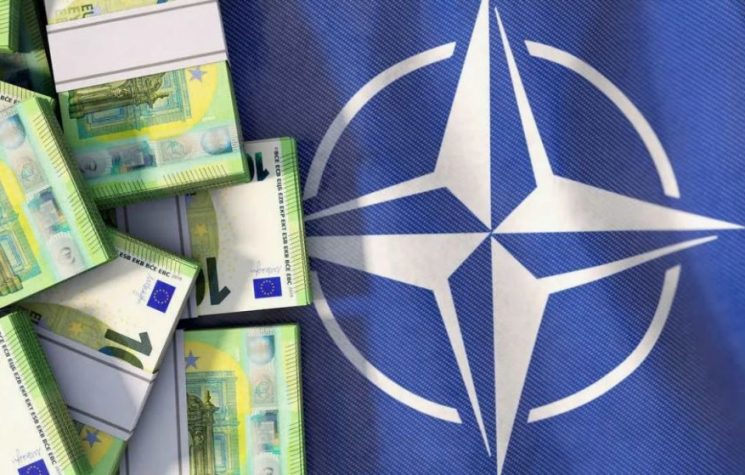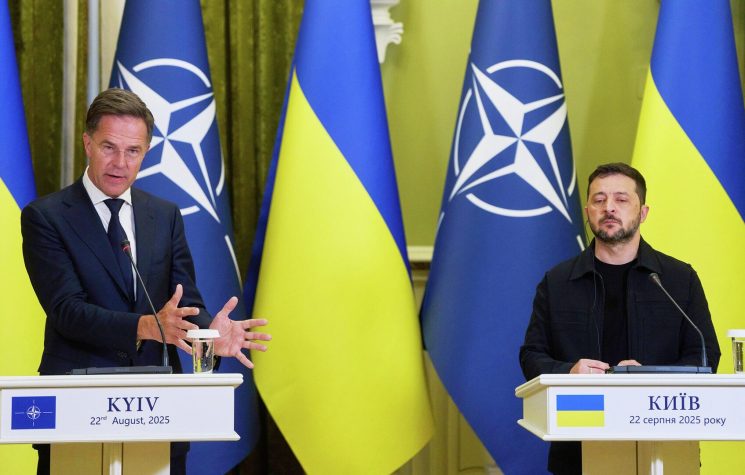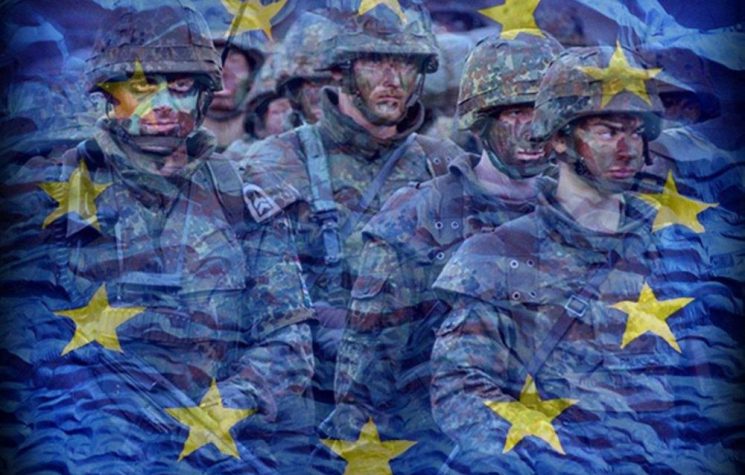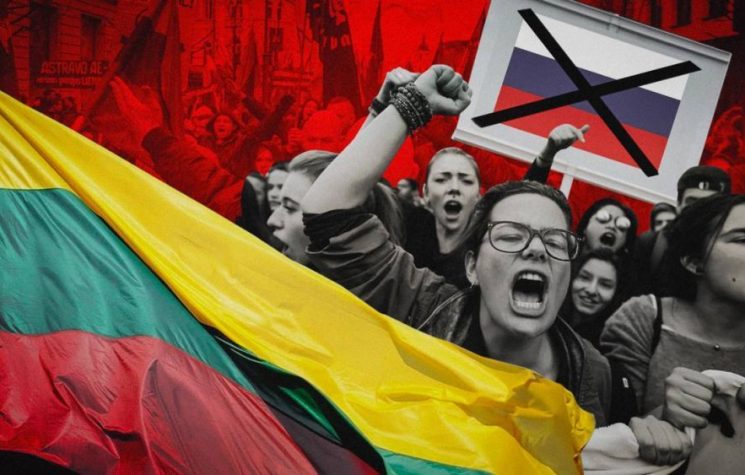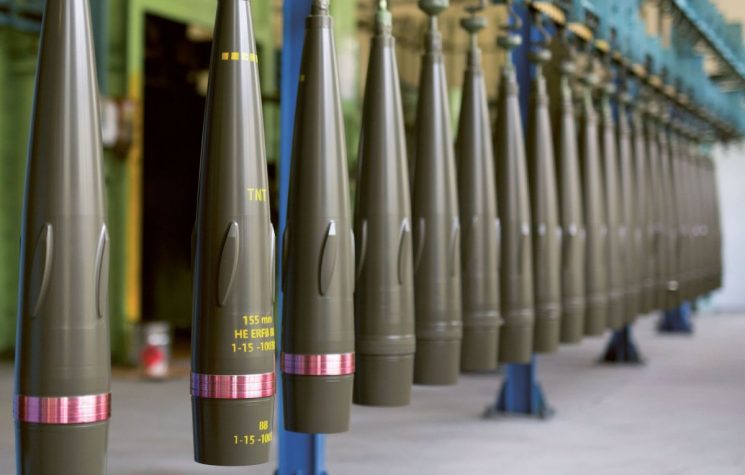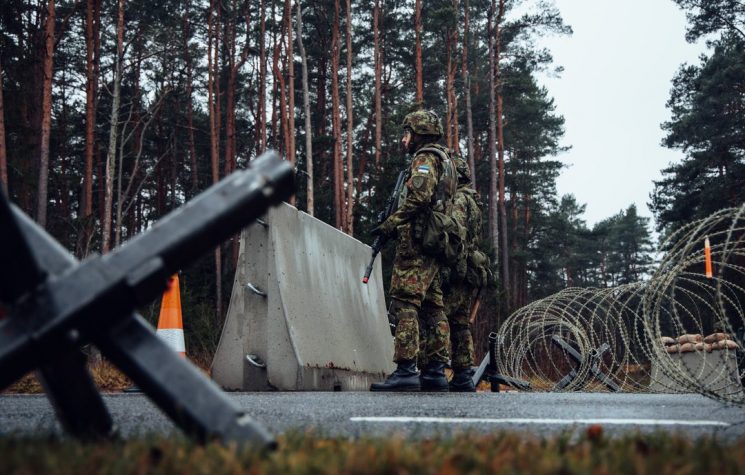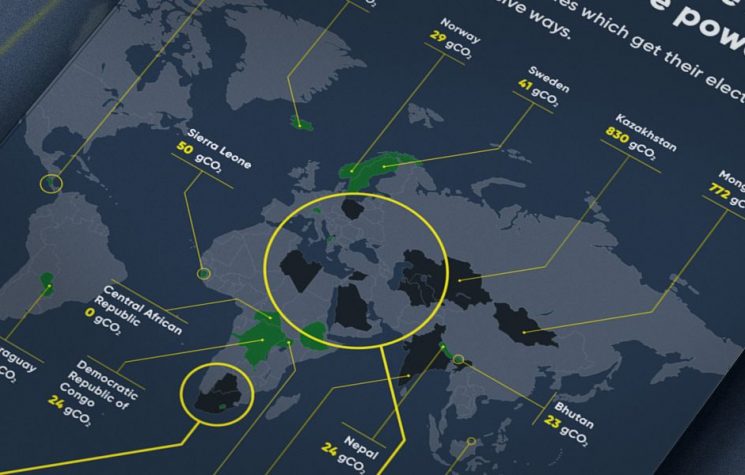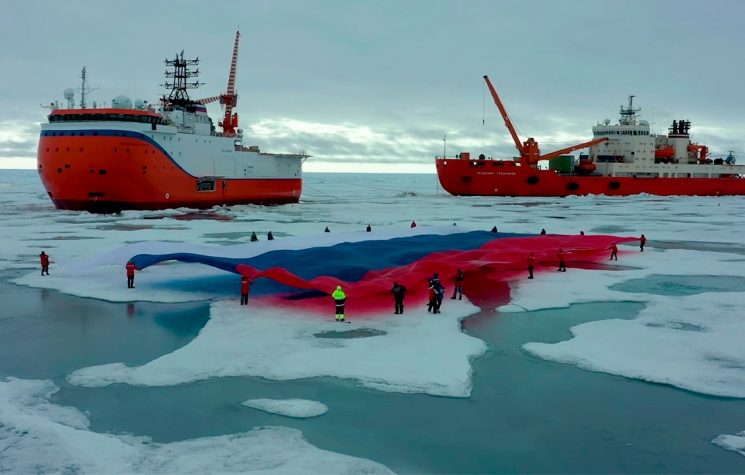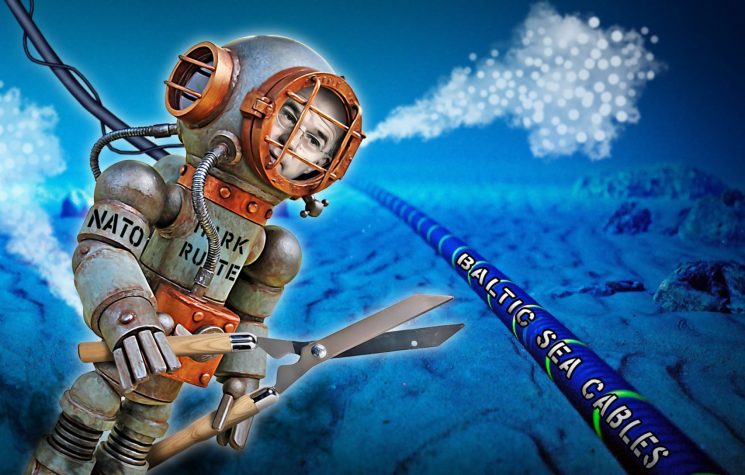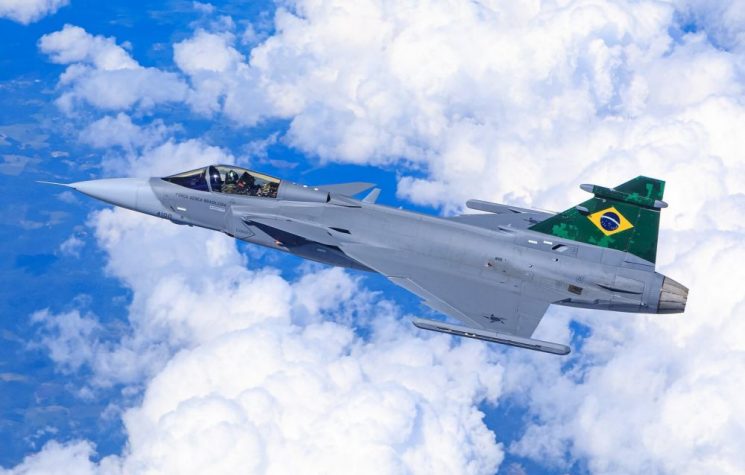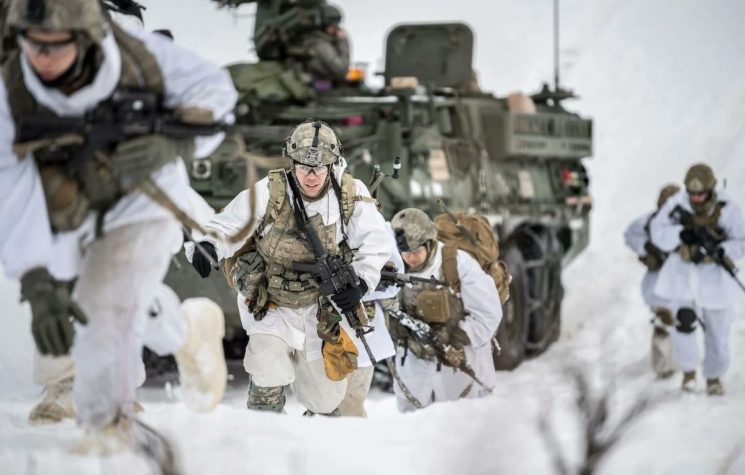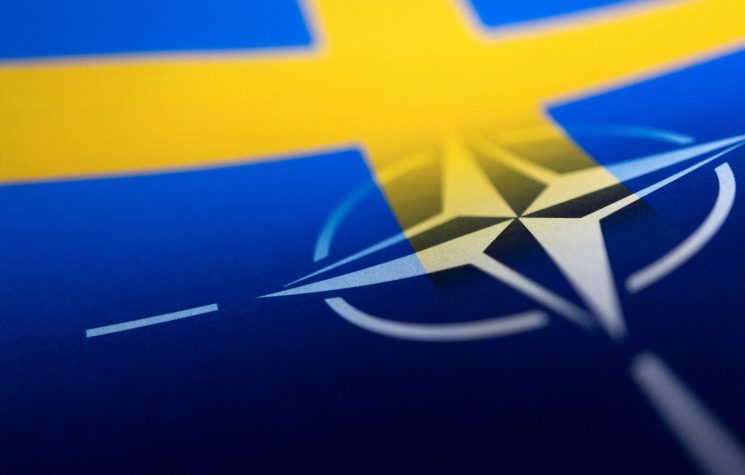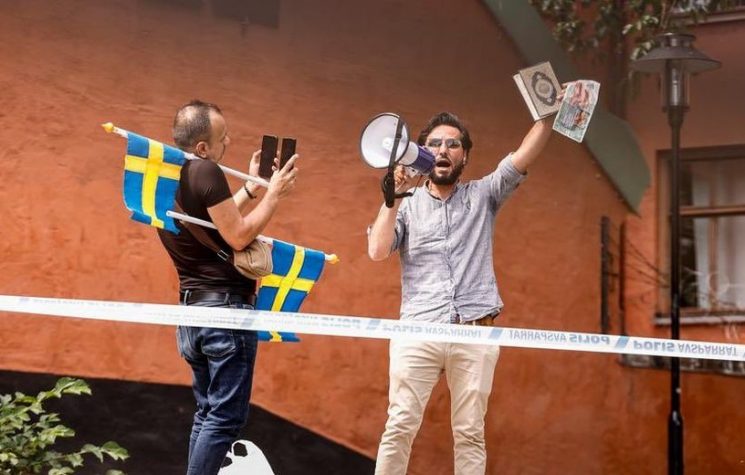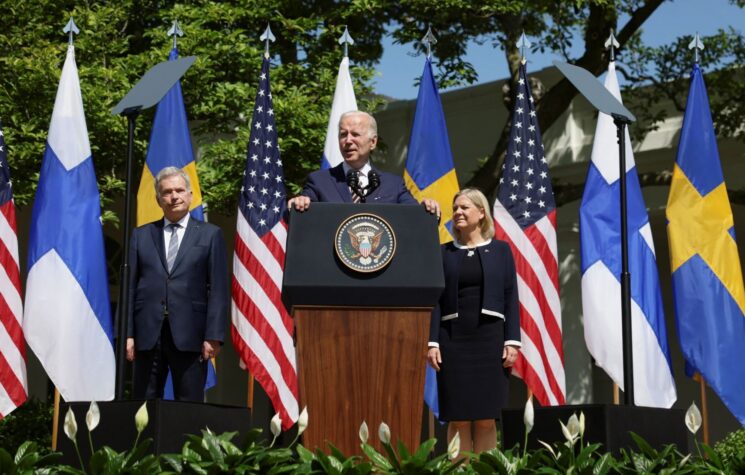If you want to find the NATO hardcore militant, you have to meet the elites of North Europe, Claudio Gallo writes.
The sun has been rising from the North for quite some time on the NATO land. Since mid-2009, the chair of NATO secretary general has been occupied by Northern Europe’s politicians: first the former Danish PM Anders Fogh Rasmussen and then (since October 2014) the former Norwegian PM Jens Stoltenberg. Brussels extended Stoltenberg’s contract to September 2022. The not so far deadline is already prompting the first discussions among the Atlantic partners.
Next year, the new secretary might be introduced at NATO’s Madrid summit in late spring or early summer. According to the Western zeitgeist, a woman is largely expected to reach the top civilian rank inside NATO for the first time. To complete the identikit, you have to consider the shift toward North, North-East of the Alliance that since the fall of the Soviet Union in 1991 is progressively positioning his troops around the Russian borders.
The first three names circulating are the former presidents Kolinda Grabar-Kitarović of Croatia and Dalia Grybauskaitė of Lithuania; and present Estonian President Kersti Kaljulaid. The play is far from over, and many other countries will push their candidates. Despite her poor public relations skills and charisma, the UK could try with the former number 10, Theresa May. In a time of rising tension with Russia one thing is sure: the standard of the new incumbent should meet the same flattening attitude towards Washington that the two last northern secretaries ensured so dutifully.
As Moscow (and everyone in the world, indeed, except the European mainstream media) knows, the strategic power of the alliance lies on the Western side of the Atlantic only. Viewing from the U.S., one of the most appreciated attitudes of European allies is unconditioned obedience. A quality that the Northern European countries epitomise best. Surely more than the comparatively less trustable Southern countries like France, Italy or Spain. Or the Germans. Linked to Russia by an eternal geopolitical love/hate relationship, Germany has recently blocked the supply of NATO weaponry to Kiev despite Washington’s pressures. Having a robust commercial relationship with Russia, Berlin views economic war with Moscow, not to mention an actual military conflict, a nightmare to cope with reluctantly only when the American pressure becomes unbearable.
So if you want to find the NATO hardcore militant, you have to meet the elites of Northern Europe. Peoples are a different matter; even though in recent times the pools are going slightly towards NATO support, the public opinions are still largely divided and generally inclined to a neutral attitude on security matters. If you let ideology apart, it is difficult to explain why a more aggressive NATO stance should be in those countries’ national interest. This consideration works well for the entire Eastern side of the Atlantic Alliance.
For many years, the cooperation between the governments of the Nordic Council (a body for formal inter-parliamentary collaboration among Denmark, Finland, Iceland, Norway, Sweden, the Faroe Islands, Greenland and Åland) avoided security issues out of respect for Sweden and Finland’s non-aligned status. But last November, the usual fair play was somehow put aside. NATO’s secretary general Jens Stoltenberg addresses the 73rd Session of the Nordic Council in Copenhagen, saying: “By remaining united and continuing to adapt to a changing world, we will keep the ’deep peace’ here in the Nordic region and in Europe”.
In the most aggressive interpretation of ancient “Si vis pacem para bellum”, the “deep peace” is pursued through a constant military push towards the Russian border. When Russia reacts, as in the Ukrainian case, Western media are there to shout at the new barbarian aggression.
Despite Sweden’s new Prime Minister Magdalena Andersson recently saying that Sweden would not be applying for NATO membership, the country is a stable satellite of the Alliance. Last June, Sweden hosted, with a crucial role, the Exercise Arctic Challenge 21, one of the largest air-power drills in Europe. Arctic Challenge deployed warplanes from the U.S., Sweden, Denmark, Finland, Germany, the Netherlands and Britain for air defence, close air support, air-defence suppression and air-to-ground strike training.
The Swedish government has reintroduced military conscription, approved a staggering 40 per cent increase in defence spending (the Country’s hugest defence-spending increase in 70 years), defined a new security doctrine, the “Total Defence,” and started a military build-up in Gotland, a Swedish island in the Baltic Sea with a charming “view” on the Baltic Countries.
Since 2016, Stockholm has been a key U.S. partner in providing a flexible global-strike capability (read: against Russia) of the long-range American bombers. The new spending will increase the size of the country’s military by 67 per cent, reorganise the army into mechanised brigades, add air-defence systems to warships, build up the size of the navy and deploy a next-generation fighter-bomber.
In early November, Sweden received its first Patriot missile defence system from the United States. The military industries of the neutral and pacifist Sweden are going under full sail: sales increased from 172 USD Million in 2019 to 286 USD Million in 2020, with Pakistan and Emirates at the top of the list. In recent years, this trend has been in ironic contrast with the irregularly pursued Sweden’s feminist foreign policy (FFP).
Finland is the other regular-irregular at NATO’s table. Finnish President Sauli Niinistö has just replayed like this to the last Russian appeal not to join the eastwards shift of the Alliance: “Finland considers NATO to be a factor that is fostering security and stability in Europe. Maintaining a national room to manoeuvre and freedom of choice is the foundation of Finland’s foreign, security and defence policy. This also includes the possibility of military alignment and applying for NATO membership”.
In a 2019 poll, half of Finns, 51 per cent, said they are against joining NATO while the yes faction scored 26 per cent. At the end of October, NATO secretary general Jens Stoltenberg praised Finland and Sweden’s close partnership with the Atlantic Alliance while visiting the Swedish Navy base in the Hårsfjärden fjord near Berga, Haninge, during the joint Swedish/Finnish Naval Exercise, Swenex-21.
“It is important that NATO allies, Finland and Sweden continue to train and exercise together. Over the years, we have been working more and more closely together. We have seen the security situation in the region deteriorate, with Russia’s aggressive posturing and its military build-up. This makes our cooperation even more important”, said the secretary general.
Finland has just chosen the F-35A Block 4 multirole fighter to replace its fleet of 62 old F/A-18C/D Hornets. Helsinki has confirmed its intention to buy 64 examples of the Joint Strike Fighter. All included: armament, training, maintenance, and other services, with deliveries of the jets scheduled to start in 2025. The estimated global expense is 8,3 billion euros. The Swedish, with their challenging Saab Gripen E, were the great losers. The F35 is a very advanced fighter and Helsinki is to develop a domestic support network that will be among the most sizable anywhere outside the U.S., probably only behind Israel. Despite this reality, the moral of the story is that when it comes to NATO, Europe loses, and America wins, either strategically or economically. The game is not to reverse the unrealistic narrative of bad Russia against the good Western Alliance but to understand that European countries’ national interest is not the main concern of the American-led alliance.









